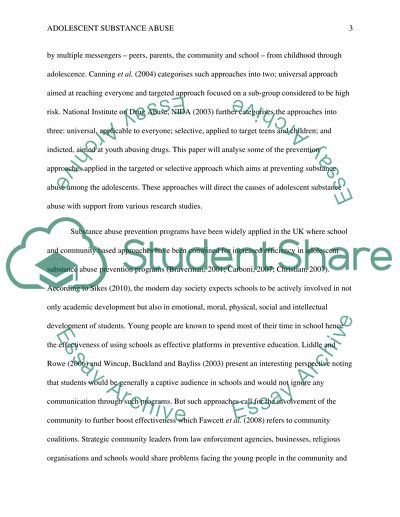Cite this document
(“Prevention Strategies and Causes of Adolescent Substance Abuse Essay”, n.d.)
Retrieved from https://studentshare.org/psychology/1446239-what-strategies-are-likely-to-be-effective-in
Retrieved from https://studentshare.org/psychology/1446239-what-strategies-are-likely-to-be-effective-in
(Prevention Strategies and Causes of Adolescent Substance Abuse Essay)
https://studentshare.org/psychology/1446239-what-strategies-are-likely-to-be-effective-in.
https://studentshare.org/psychology/1446239-what-strategies-are-likely-to-be-effective-in.
“Prevention Strategies and Causes of Adolescent Substance Abuse Essay”, n.d. https://studentshare.org/psychology/1446239-what-strategies-are-likely-to-be-effective-in.


